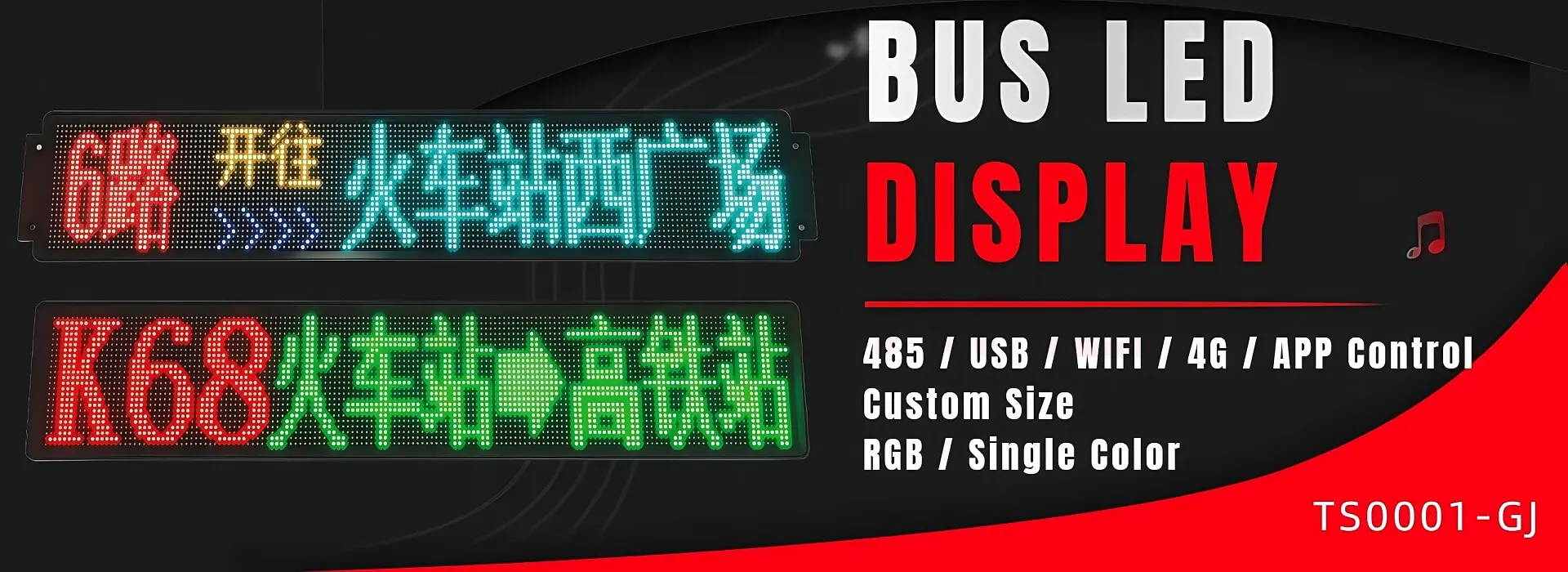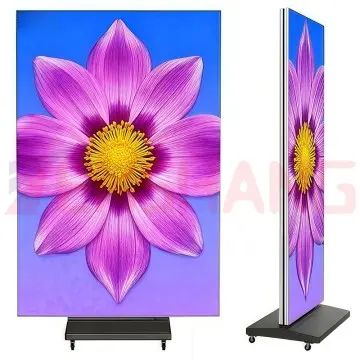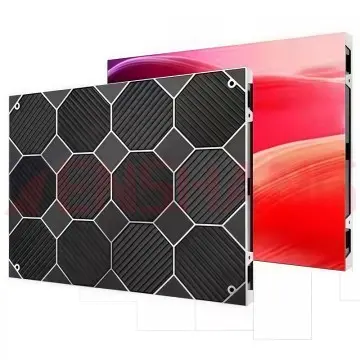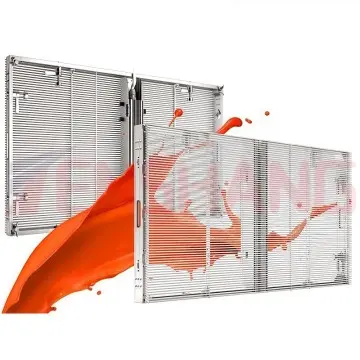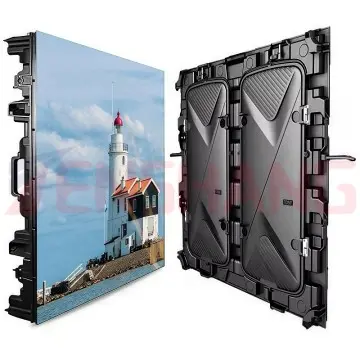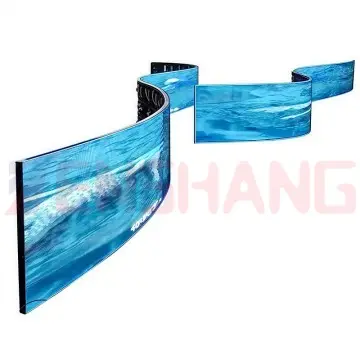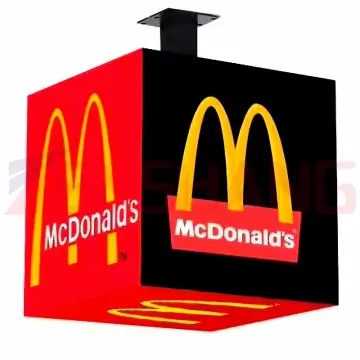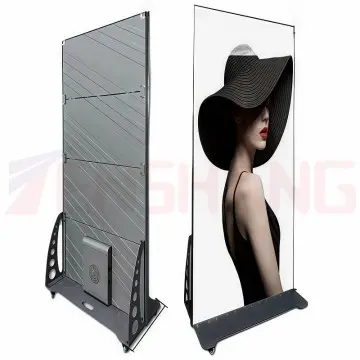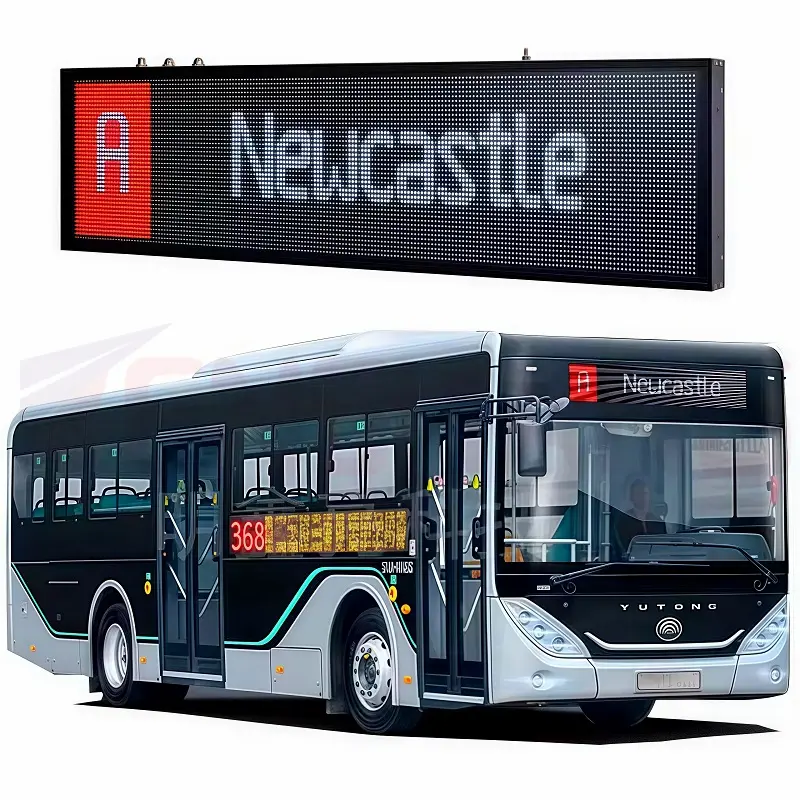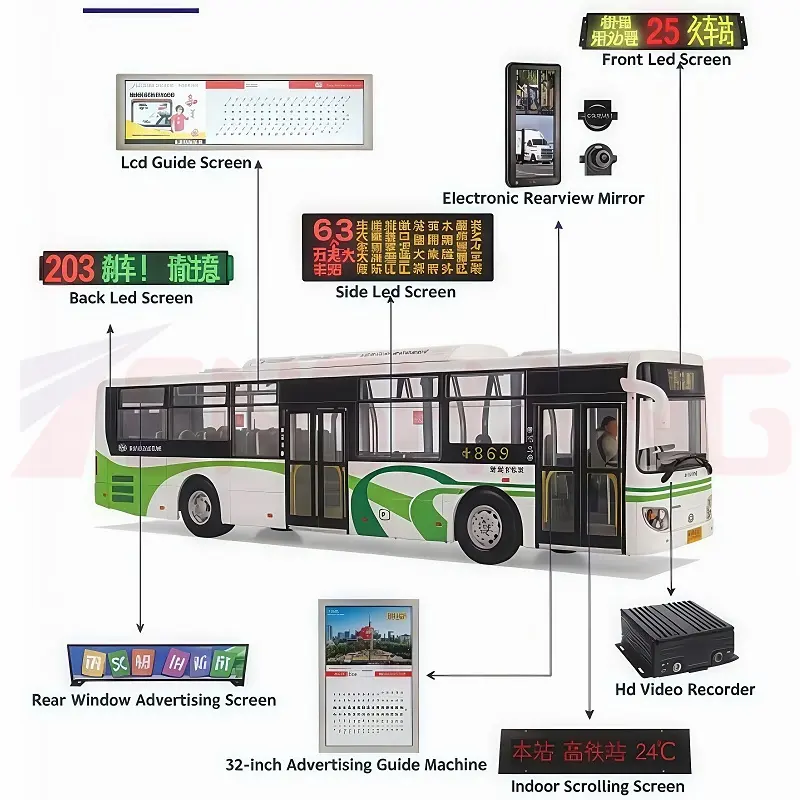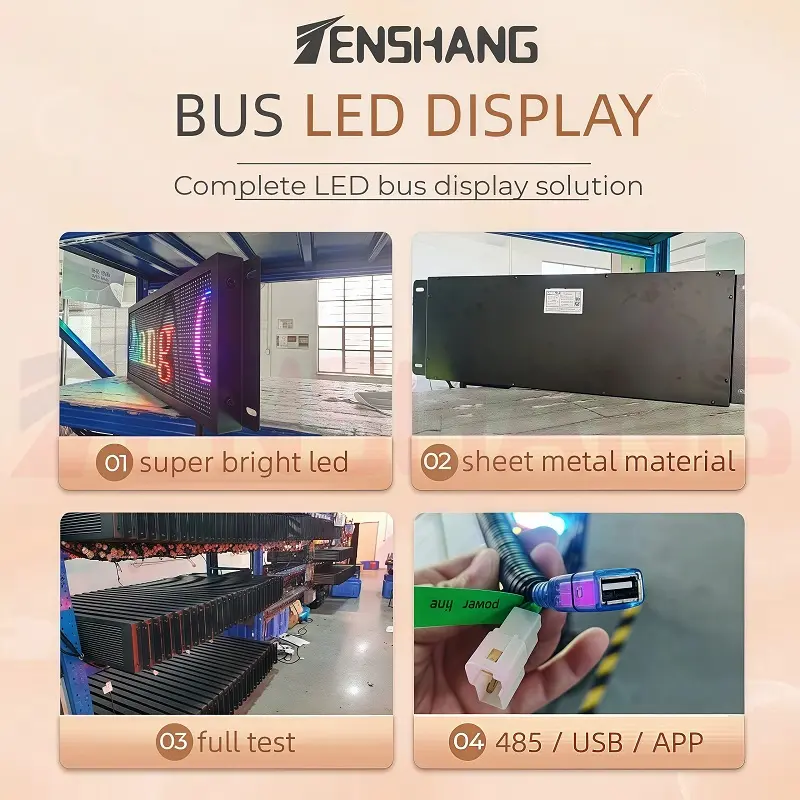Led Bus Stop Sign Display Destination Advertising Screen Board

Features of LED bus display screen
TENSHANG LED bus display screens are key public transport electronics, showing routes, arrival times, ads and more. They support text, images, animations and videos—with effects like scrolling or flashing—and display time/bus essentials.
Featuring ultra-high-brightness LEDs, they stay visible from afar in strong light, endure bus vibrations, extreme temps, rain and dust. Control/update is flexible: remote management for multi-city displays, plus local updates via USB or 485 serial port.
In use, they help passengers confirm info (cutting errors/missed rides), sync with GPS for real-time arrivals/congestion alerts, share public welfare notices, and generate supplementary revenue via compliant ads.
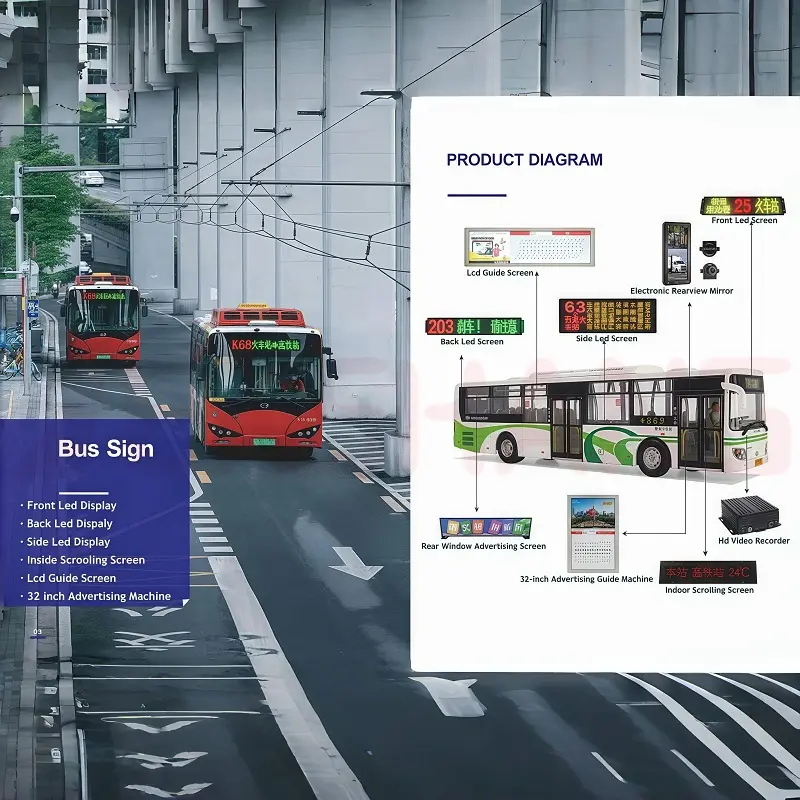
Improve commuting efficiency: Passengers can confirm the direction of the line and arrival time through the display screen without getting close to the vehicle, reducing the probability of "wrong rides" and "missing rides", especially for the elderly and foreign passengers;
Dynamic information synchronization: Combined with the bus GPS system, the "countdown to arrive" and "congestion prompts" can be updated in real time (such as "congestion in the road section ahead, expected 5 minutes delay") to help passengers adjust their travel plans;
Extension of public services: In addition to line information and advertising, some cities will also issue public welfare notices (such as weather warnings, epidemic prevention tips, and civilized travel advocacy) through display screens to expand public information dissemination channels;
Commercial value monetization: Compliant advertising (such as local business district discounts and brand promotion) can become a supplementary source of income for bus companies and feed back to public transportation operations.
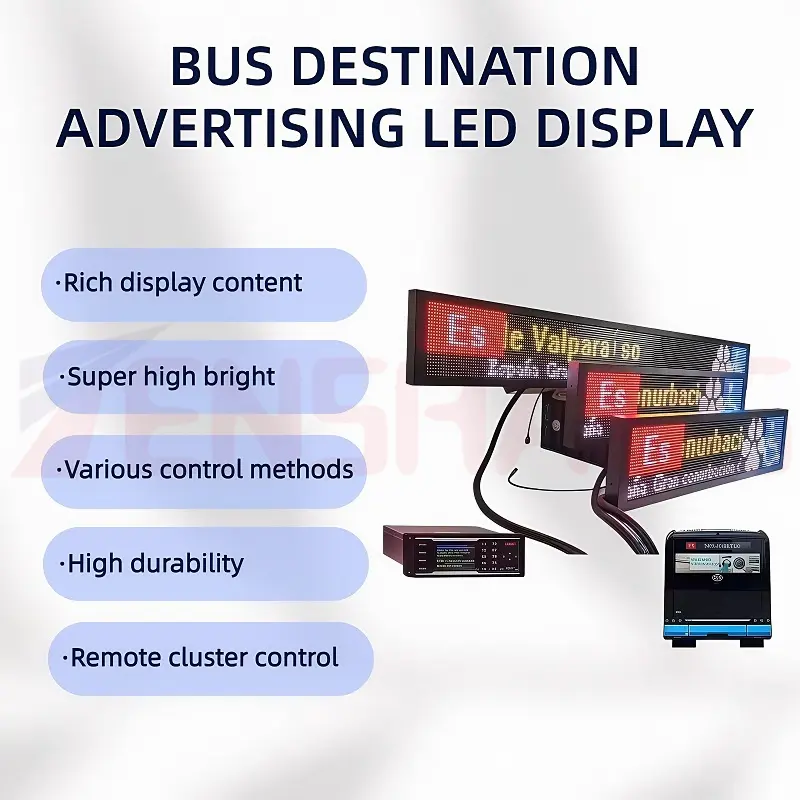
Line information display: installed on the front, rear or side of the vehicle, displaying the bus's driving route, site information, etc., to help passengers accurately understand the vehicle's driving direction and stop.
In-car advertising: display screen can be installed in the car to play advertisements, public welfare publicity and other content, bringing benefits to operators.
Real-time information release: Real-time information such as news, weather forecasts, emergency notifications and other real-time information can be received and displayed through the Internet to provide passengers with more services.
Videos
Project case


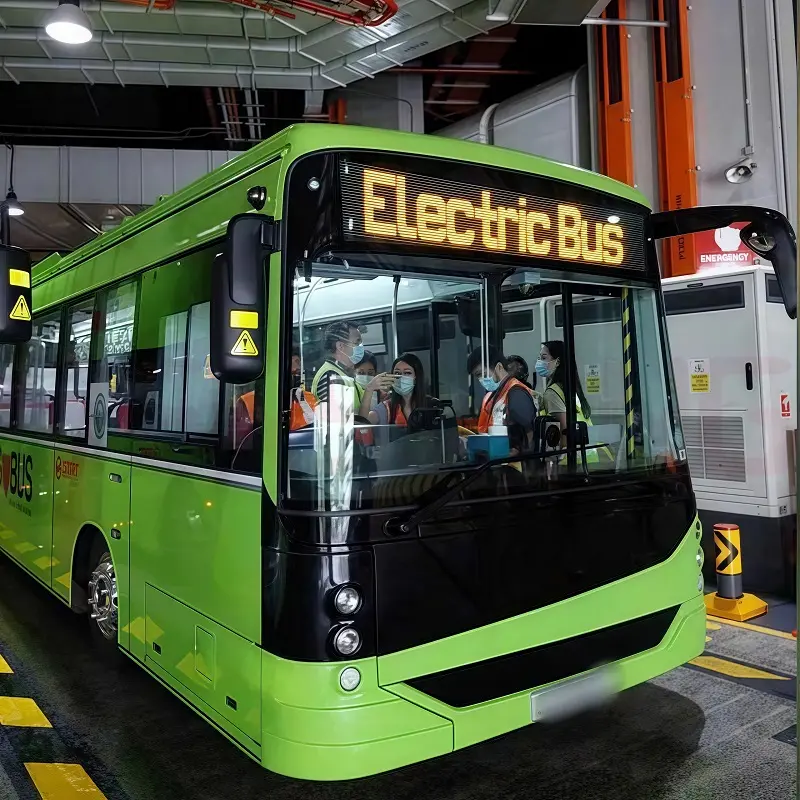
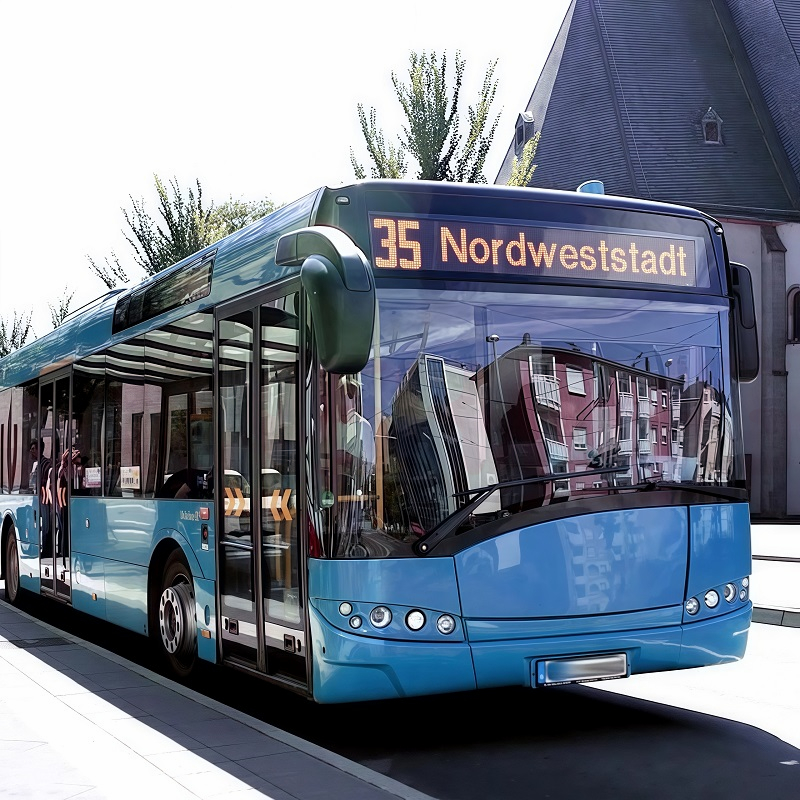
FAQs
-
Q1. Why can LED bus displays be seen clearly in direct sunlight, but ordinary screens cannot?
-
Q2. Can LED bus display video or animations be displayed? Or can only display text?
-
Q3. What is the essential difference between the LED screen on the bus body/front and the screen in the car?
-
Q4. When taking the bus at night, the LED screen is too bright and shines your eyes. Can it be dimmed?
-
Q5. How long does the LED bus display last? How can daily maintenance extend life?
The design life of core components (LED lamp beads, control cards, power supplies) is 5-8 years, but the actual life is greatly affected by the frequency of use and the environment. The outdoor screen may shorten its life to 3-5 years due to long-term exposure to high and low temperature and rainwater environments; the interior screen environment of the car is stable, and the life span can reach 6-8 years.
The outdoor screen is wiped with a soft cloth dipped in clean water every 2 weeks (removing dust and bird droppings to avoid local overheating caused by blocking light); the interior screen of the car is wiped with alcohol cotton pads every month to avoid accumulation of oil. -
Q6. I want to update the line information to the fleet's LED screens uniformly. In addition to getting on the car one by one, is there any more efficient way?







